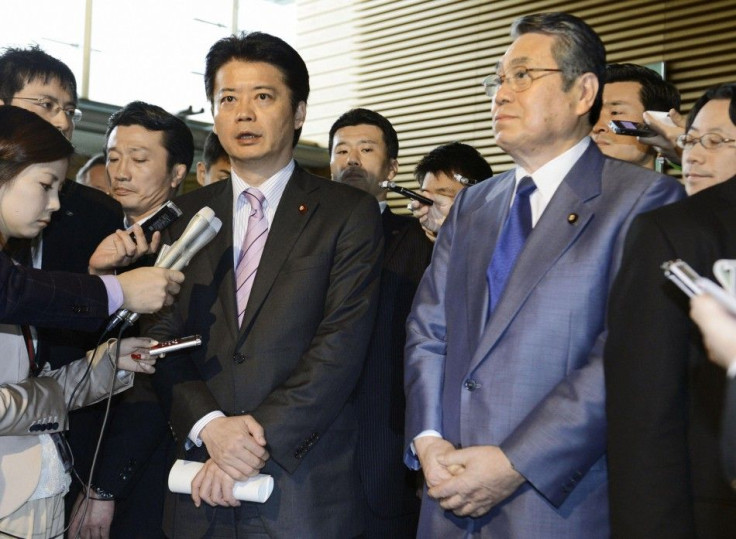U.S. Plans To Remove Troops From Okinawa

In a joint statement declared on Friday, the United States and Japan have agreed to remove 9,000 American marines from Okinawa.
The statement issued by U.S. Secretary of State Hillary Clinton, U.S. Secretary of Defense Leon Panetta, Japanese Foreign Minister Koichiro Gemba and Japanese Defense Minister Naoki Tanaka comes a few days before the expected visit of Japanese Prime Minister Yoshihiko Noda to Washington D.C.
The plan entails transferring 4,700 marines from the Okinawa bases to Guam and the rest of the personnel to Hawaii and Australia, effectively halving the number of US troops stationed on the small, Japanese island to 10,000.
The Japanese are expected to pay an estimated $3.1 billion, according to Bloomberg News, for the costs related to the relocation of the troops to Guam. The total cost of troop deployment may run as high as $8.6 billion.
The transfer of troops comes as a relief in light of the extreme resentment against American troops stationed on the small Japanese island -- the issue became so severe as to jeopardize the US-Japan security alliance.
I am very pleased that after many years, we have reached this important agreement and plan of action. I applaud the hard work and effort that went into crafting it. Japan is not just a close ally, but also a close friend, said Secretary Panetta, according to The Telegraph.
Moreover, the decision alleviates tensions over the yet-to-be resolved conflict of the 2006 proposal to relocate the Futenma air base further up north on Okinawa. The potential relocation met with much local protest.
We think it breaks a very long stalemate ... that has plagued our politics, that has clogged both of our systems, Kurt Campbell, assistant secretary of state for East Asian and Pacific Affairs, told Reuters.
Okinawa currently hosts 75 percent of all US bases in Japan.
Okinawans have opposed the stationing of American troops on their small Japanese island since the 1995 kidnapping and rape of a 12-year-old school girl by American marines.
Most Okinawans resent the American troops' presence, complaining about pollution, crime, noise, and deadly accidents, reports Reuters.
In 2010, Prime Minister Yukio Hatoyama, who had promised to remove all American troops from Okinawa, resigned over the prolonged issue.
Although the Japanese would prefer to see American marines permanently leave Okinawa, this is unlikely given the Obama administration's return to the Pacific.
American troops have been stationed in Okinawa since the end of the World War II.
As the United States turns away from its engagements in the Middle East to face a fast developing Asia, critics of the troops' removal argue that the move is contradictory.
But in fact, the statement explains how the troop transfer is a strategic realignment to make the United States' Pacific presence more balanced, leading to closer US military ties with the Philippines, Australia, and Singapore.
Critics will be tempted to say that this belies the intended pivot to Asia. I think that would be an unfair criticism given the realities of the negotiations and the realities of the very, very longstanding problem in Okinawa that this is designed to solve, Voice of America quoted Richard Baker, an adjunct senior fellow at the East West Center in Hawaii.
According to a Bloomberg News source, the US and Japan are already discussing plans for joint military exercises in Guam once the troop transfer is complete.
As of now the removal plan has no timetables and has yet to be approved by Congress come June.
The three senators in charge of reviewing an independent assessment of the agreement, Senators Carl Levin, John McCain, and Jim Webb, said they still have many questions about the specific details, reported Reuters.
© Copyright IBTimes 2024. All rights reserved.





















